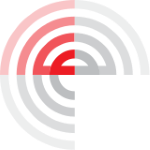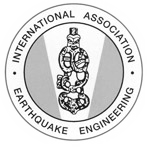Speaker
Description
We present research that uses a deep convolutional neural network (CNN) based technique to predict intensity measurements (IMs) of earthquake ground shaking. The input data to the CNN model consists of multistation (39 stations), 3C acceleration waveforms recorded during the 2016 Central Italy earthquake sequence for 915 M ≥ 3.0 events. Using a 10 s window starting at the earthquake origin time, we find that the CNN is capable of accurately predicting IMs at stations further from the epicentre which have not yet recorded the maximum ground shaking. The CNN IM predictions do not require previous knowledge of the earthquake source (location and magnitude). Even if the station is missing the input data, the CNN is able to predict the IMs at that station with the same accuracy as on other stations. Comparison between the CNN model predictions and those obtained with the Bindi et al. GMPE (which requires location and magnitude) shows that the CNN model features similar error variance but smaller bias. We find that the technique can provide useful estimates of ground motions within 15–20 s after earthquake origin time depending on various setup elements (e.g. times for data transmission, computation, latencies). It has been tested on raw data without any initial data pre-selection in order to closely replicate real-time data streaming. When noise examples were included with the earthquake data the CNN was found to be stable, accurately predicting the ground shaking intensity corresponding to the noise amplitude. We applied the same technique to other areas with significantly less training data and were able to achieve similar results by using transfer learning. The window length can be reduced, but it leads to lower accuracy of the predictions.
| Keywords | Earthquake early warning, Earthquake ground motions, Neural Networks, Time series analysis |
|---|---|
| DOI | https://doi.org/10.5592/CO/1CroCEE.2021.29 |







